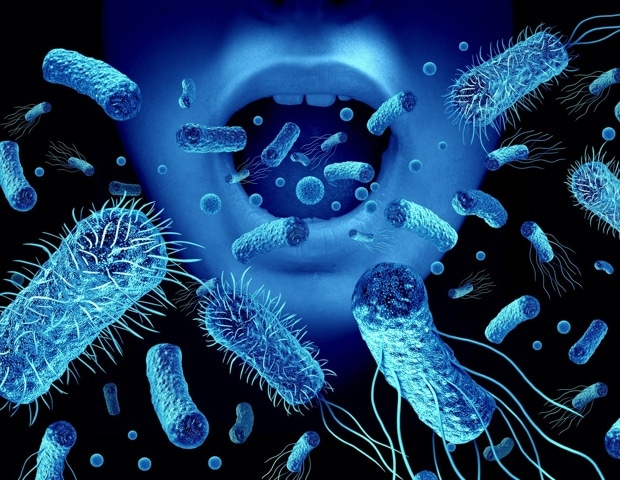Sometimes, foods are recalled due to some kind of contamination. For consumers of such products, the recall causes them to question the safety and reliability of what they eat and drink. Often, the recall comes too late to prevent some people from getting sick.
Despite the food industry's efforts to combat pathogens, products are still contaminated and people are still getting sick. Much of the problem stems from the tools available to test for harmful pathogens, but these tools are often not effective enough to protect the public.
In AIP Publishing's AIP Advances, researchers from Guangdong University of Science and Technology and People's Hospital of Pudong New Area have developed a new method for detecting foodborne pathogens that is faster, cheaper, and more effective than existing methods. The researchers hope that their technology will improve the screening process and prevent contaminated foods from reaching consumers.
Even with the best detection methods, finding contaminating pathogens is not an easy task.
These pathogens are difficult to detect due to their diverse nature and the diverse environments in which they can thrive. Furthermore, low concentrations of pathogens in large food samples, the presence of similar non-pathogenic organisms, and the complex nature of different food types make accurate and rapid detection difficult.”
Syl Feng, author
Existing detection methods exist, such as cell culture and DNA sequencing, but are difficult to apply on a large scale, and since every food batch cannot be thoroughly tested, it is inevitable that some contaminants will escape.
“Overall, these methods have limitations, including long times to results, the need for specialized equipment and trained personnel, and difficulties in detecting multiple pathogens simultaneously, highlighting the need for improved detection technologies,” Feng said.
The study authors decided to take a different approach, designing a microfluidic chip that uses light to detect multiple types of pathogens simultaneously. The chip is created using 3D printing, making it easy to mass-produce and modify to target specific pathogens.
The chip is divided into four sections, each tuned to detect a specific pathogen that, if present in the sample, binds to the sensing surface and changes its optical properties. This arrangement allowed the researchers to rapidly detect very low concentrations of common bacteria such as E. coli, Salmonella, Listeria, and Staphylococcus aureus.
“This method can rapidly and effectively detect multiple different pathogens, the detection results are easy to interpret, and the detection efficiency is greatly improved,” Feng said.
The research team plans to continue developing the device for further applications in food testing.
sauce:
American Institute of Physics (AIP)
Journal References:
Feng, S., et al. (2024) 3D-printed microfluidic chips integrated with nanointerferometers for multiplexed detection of foodborne pathogens. AIP Advances. doi.org/10.1063/5.0208274.



